In Malaysia, the country’s cultural diversity and soul is best expressed through its love for food and the makan.
The city train heading to the town center whizzes by fast after halting for a few seconds at Kuala Lumpur Sentral Station. One can still hear its engine, like an ominous thunder in the monsoon season, rumbling in the distance as the train snakes along a metal track with sheer speed and friction.
It is 12 noon, and I am hemmed in between hordes of crowds cramming the city’s train terminal as if I was taking part in a yearly pilgrimage to Mecca. The absence of flowing white robes tells you otherwise. Women clad in flamboyant kebayas and luminous saris move past youths posing like Korean pop stars with hair dyed to a platinum blonde. Kids in school uniforms stride side by side with polo-shirted hipsters. Office workers dolled up, looking smart, pudgy security personnel on the lookout, sweaty tourists in relaxing flip-flops and baffled taxi drivers holding confusing signs while a band plays a quasi rock-folk Malay tune in one corner. Above are large, brightly colored monitors flashing ads of beauty products and 4G services.
It is lunch hour, and to anyone coming to Malaysia—from the moment you set foot in the hot, humid, and traffic-frenzied capital, one immediately leaves the timid self behind. Allowing for a brief moment of disorientation before getting lost in the scents, colors, and incalescence of this makan-obsessed society. It becomes most apparent when Malaysians greet you with the phrase “Sudah makan?” (Have you eaten?) rather than “Hello!”

The locals speak of “makan” evocatively, and to many of them, it is synonymous with food, and food is love and love is life. It is a term that conjures up visions of modest street food, road side or hole-in-the-wall food stalls, or intimate corner food shops. In my quest to catch a glimpse of the nation’s soul, I reasoned that this trip was to be a search for the “makan” – the comforting and the real. A journey that will take me to some of the city’s beloved culinary hideaways—where I am to eat myself silly and digest quickly, as well as meet pseudo-foodie philosophers, self-confessed gluttonous liberals, and makan conservatives, who would show me the vicissitudes beyond the complex world of food, appreciate the modest pleasures of honest conversations at the table, and eat happily—Malaysian style.

My first encounter took the form of a chatty taxi driver, whom I have only known by his first name, Faresh. I dropped my bags at the city’s most charming hotel, The Majestic, my urban cocoon during my visit. Faresh asked me where I was headed. I told him that I was off to Bangsar, urging him to put his foot on the accelerator as I was starving and could eat an entire chicken. “I like ayam (chicken in Malay) too!” he said with a hearty giggle. “I will get you there-lah, before your chicken goes back to egg!”
The car glided, bounced several times, and miraculously skirted a notorious jam. My tummy grumbled as Faresh honked the car’s horn. A mere 10-minute ride and we reached our destination in Jalan Telawi. “Devi’s Corner—mamak,” he points out, “and chicken—sedap (delicious)!” and gives me a thumbs up. My initial thought was to dine quickly somewhere inside the mall, but I gave Faresh a look of approval and handed him his taxi fare.
Devi’s Corner was packed and noisy—and felt like my sort of place. An Indian waiter came out carrying a tray, overflowing with all that the restaurant could possibly offer. A trail of perfume from a curry and garlic instantly filled the air. Steam oscillated from a warm, perfectly cooked rice. I snagged the last chair and joined two elderly women partaking chicken satay dripping from its thick peanut sauce while pinching the cheesy naans they had ordered for a side. A quick look at the menu and I considered ayam varuval (chicken roasted in a masala mixture), a bowl of rice, and a portion of Devi’s crab curry. It didn’t take me long to finish my meal. A quick, happy escape. Sticky sweat dripped from my forehead. “Come and eat here at night; it’s cooler, and let’s all watch football,” one of the women said between her bites. I looked around and briefly concluded that locals don’t just simply dine here; they are out in search of a merry old time.
“Malaysia’s mamak scene is a complicated paradise and the deeper you dive under its surface the more interesting and beautiful it becomes.”
A call to prayer broke from the nearby mosque. The traffic that once choked the streets a few hours ago had started to ease. Even the grating caws from the hovering crows seemed to have mellowed down as if some divine power had anesthetized the vocal cords of the scavenging creatures. Under a tree, pigeons feasted on scraps. I sauntered along the back streets and passed several food shops.
Bollywood music blared out from a loudspeaker at the Sri Nirvana Maju restaurant as a group of waiters skillfully spread large banana leaves on the tables like pieces of divine art. In the middle, a family sat and had called on the staff to bring in more teh tariks (a sweetened milky tea), quite the perfect antidote to cool off from the afternoon heat. A few blocks away, I stumbled on more food places: Chinese, French, Japanese, Thai, Italian, and fusion restaurants juxtaposed with Spanish bars and clothing bazaars.
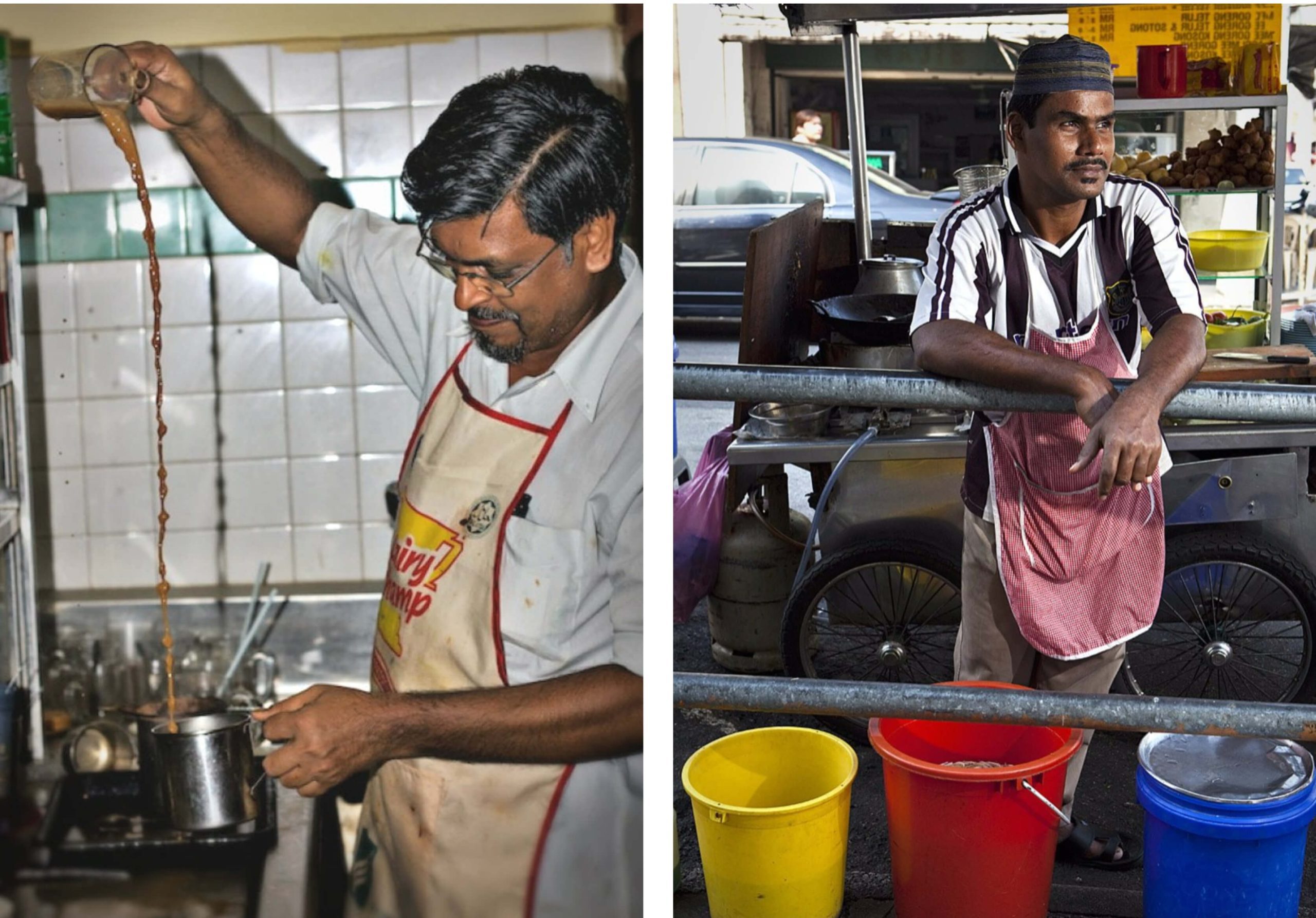

By the late afternoon, hot and exhausted, I retreated back to my hotel, where the promise of a reviving tiffin awaited. I lounged on the sofa, nibbling on a scone, a cup of Earl Grey in hand, and started planning my next day’s jaunt. I had heard from a friend that Kuala Lumpur food stalls sell some of the best street food in the region: grilled fish, satays, curries, fried pancakes, and the coveted national obsession, nasi lemak. While the city offers endless culinary options, some food blogs I had come across online also suggested venturing to the island of Penang, some 230 miles north out of Kuala Lumpur, where a more extensive cooking style and flavors are served.
Contemplating these thoughts, I reasoned that Malaysia’s mamak scene is a complicated paradise, and the deeper you dive under its surface, the more interesting and beautiful it becomes. A few historical notes explain that “mamaks” are actually people of Indian Muslim race that arrived in Malaysia during the 19th century.
As Islam is a shared belief between Malays and the Mamaks, intermarriages brought the two cultures together, establishing a race that had blended in quite harmoniously and blooms in present-day Malaysia. Along with the strong cultural Madras background, the Mamaks brought their culinary expertise and have successfully influenced the way Malaysians eat and indulge in “mamaks” 24/7 menu.
That night at the Contango, a festive spirit exuded throughout the hotel’s restaurant. The incandescent lamps, majestically golden, cast a romantic glow as the heavy tropical monsoon pelted outside. A vertical wine cellar by Baron Philippe de Rothschild and Robert Mondavi displayed 2000 wine bottles on one side, like tokens of human desires. Conversations swelled yet muffled, and laughter were effortlessly drowned by the sizzling sound of onions on a searing wok. The chefs happily threw in some more spices and cooked non-stop from the open kitchen that stood in the middle of the room.
Office workers gathered at one end while families were led to reserved tables close to the high-paneled glass windows. A retired Chinese gentleman drinks a steaming cup of jasmine tea, a woman anxiously waits for her date, and then there were the enameled smiles of the waiters. While lofty emblems of modernity make up the restaurant’s setup, it has, however, managed to keep the age-old culinary traditions. I went to try some of the meals that locals have grown to love: murtabak (stuffed pancake), roti canai (flat bread), mee goreng (fried noodles), and mee rebus (noodle soup).
If there is one dish that is considered the most authentic and quintessentially Malaysian, it is nasi lemak. The Malay fragrant rice dish is affectionately imbued with coconut milk and delicately wrapped inside a pandan or banana leaf and served with crispy ikan bilis (anchovies), peanuts, boiled egg, slices of cucumber, and a touch of sambal (chili paste). Flavor-wise, it is revelatory. A reminder of the comingling of race and culture. Everyone seems to agree. No better way to eat nasi lemak than to have it in al fresco the mamak way. I began to think that there aren’t many places in the world where contrasting opinions are set aside, and mamak stalls hold a special place in every Malaysian’s heart along with food.

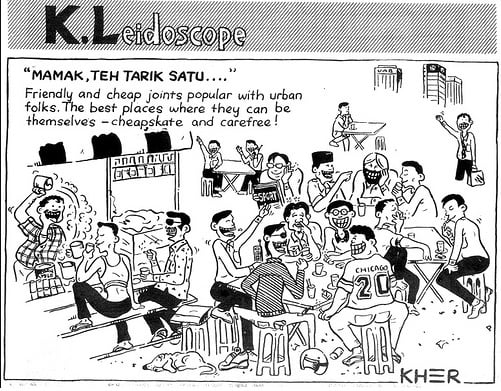
Perhaps it was indiscreet, but I was curious to ask Ashraf, who runs Ali’s Bistro in Setiawangsa, a suburb area east of the city, how mamaks play a role in Malaysian society. “I sometimes think mamak shops are the only space in this country where people from different social classes, political backgrounds, and racial differences can share without making anyone uncomfortable.”
He paused for a bit, savored the remaining mee goreng, and then went on to say with arresting pride and relish, “A construction worker after a long day at work knows he can have a roti canai and teh tarik for less than RM5 ($1.25), and no one’s going to care how he is dressed in a mamak shop. A wealthy Tan Sri can also be in the same shop in his batik shirt and expensive watch having the same teh tarik, and no one will look down on him either for patronizing a mamak shop.”
In so many ways, it was a consoling thought in contrast to the news one hears about the country’s creeping Islamization and the wearisome political dichotomy, of corruption scandals and public wealth, of women’s rights and the anxieties felt among the LGBTQ community. Though it didn’t stop Jojie Kamarudin, who became an internet sensation, from setting up her own food stall and being bold enough to name it ‘Nasi Lemak Pondan’ (Pondan meaning transgender in Malay). As an outsider looking in, one cannot help but hope that whatever the intentions of the religious conservative government, may it holds the reassuring Malaysian ‘can-lah’ (can do) spirit.
The locals speak of “makan” evocatively and to many of them, it is synonymous with food and food is love and love is life.
On my last day in the city, I caught up with Ken. A long-time friend and a graphic designer by profession with a reputation for hunting down mamak places in the neighborhood. Over a spread of banana leaf, we dug our hands into a pile of steamed rice smothered by a rusty-colored mutton curry at the Annapurnam Chetinad in Jalan Maarof, a quiet district in Bangsar. I have a habit of asking childlike questions every time we meet. I caught myself this time querying about Malaysia without its mamak. “Can you imagine Malaysia without the letter M? or perhaps a person without a name?” He gasped. Then grabbed his beer and took a fortifying gulp.
Bubbles fizzled inside the sweaty glass. The greasy table was dotted with dried rings from teh tahreks and beer mugs left behind by long-departed diners. Ken gazed an intent look at his drink and let out a chuckle while unconsciously scratching his head. “A mamak stall is every Malaysian’s identity. It’s the place where friends meet time and again, nurture a family, exchange ideas, or gossip. It is the silent witness that has held one’s hand in every teenage break-up.” We held our drinks up and made a loud clanking toast. To echo the words of Malaysia’s TV host and radio presenter Terrence Dass, “The mamak is like your mama away from home. It’s Malaysia’s gift to the world.”
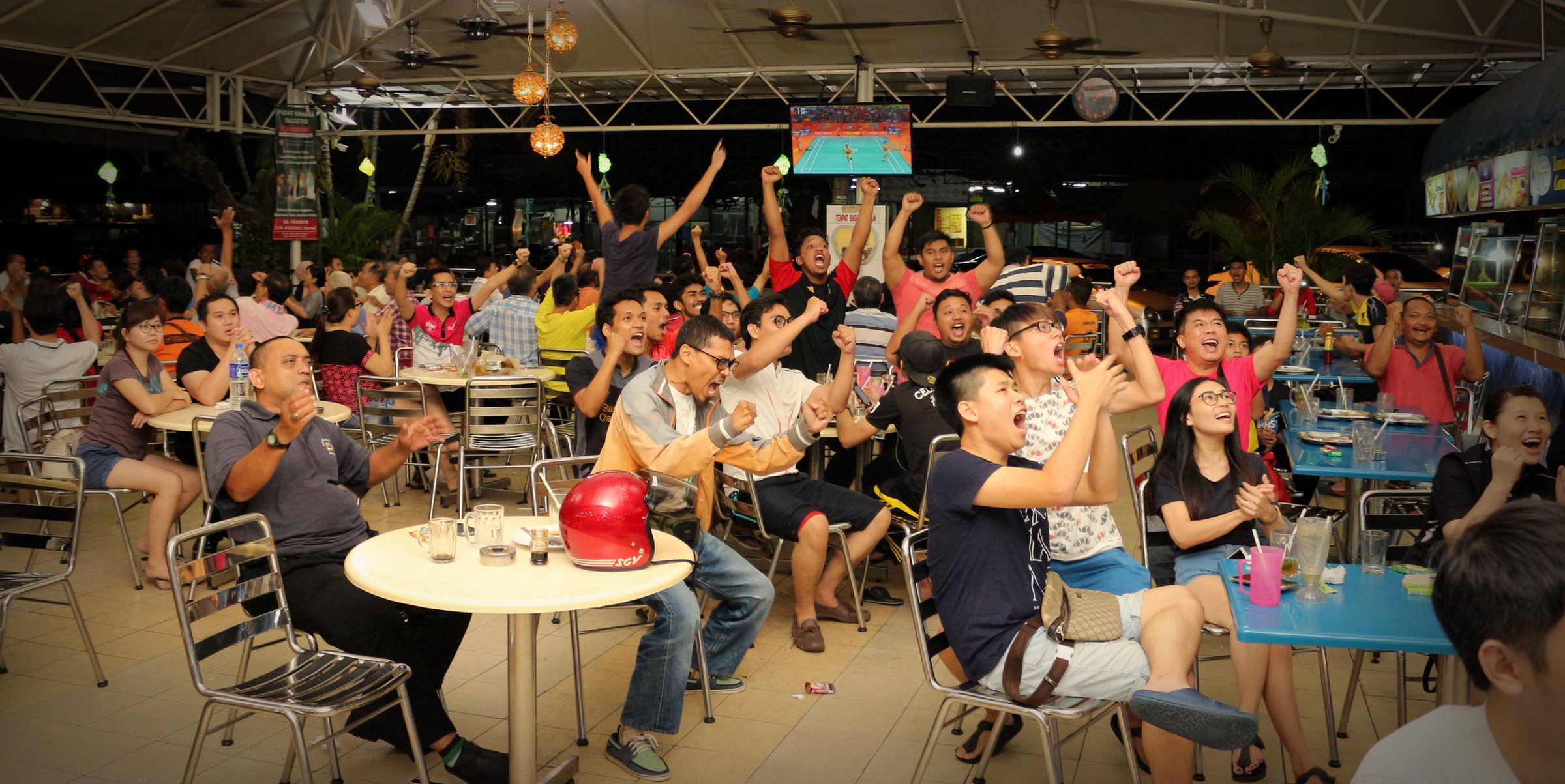
In my quest for the real and the comforting, my recent trip revealed that food is a unifying element in Malaysia, and the mamak stall is as close as one gets to total emancipation or honest-to-goodness realm. Even a fleeting visitor cannot help but fall for the humbling experience that brings the country’s diverse community of Indians, Malays, and Chinese, the rich and the unprivileged, the elite and the uneducated, together in partaking in the joyous ritual of eating and setting racial divisions aside.
Makan has become a symbolic form of enlightenment to many Malaysians, and this kind of enlightenment takes different shapes and comes in many flavors. Somehow the mamak had defined the idea of how the ever-changing country is perceived in every bite, the punch of spice, the sweetness of full-fathomed pride that transcends into genuine conversations, and to where love and respect are no secret ingredients to a more promising future.
Have you visited Malaysia and gone to a mamak place before? Which Malaysian food is your favorite? If you like to tell us more about your trip to Malaysia, feel free to share your stories and experiences in the comments below 😉
BUTTER MY BAGUETTE
This website made of love strives to produce FREE CONTENT.
Help me tell more stories and keep this website free of any advertisement by supporting Flying Baguette in inspiring more people and connecting you with other cultures and communities around the globe. Donate a little or as much as you can afford to keep the magic of Flying Baguette going for years to come. Share your support through the icons below ⬇️
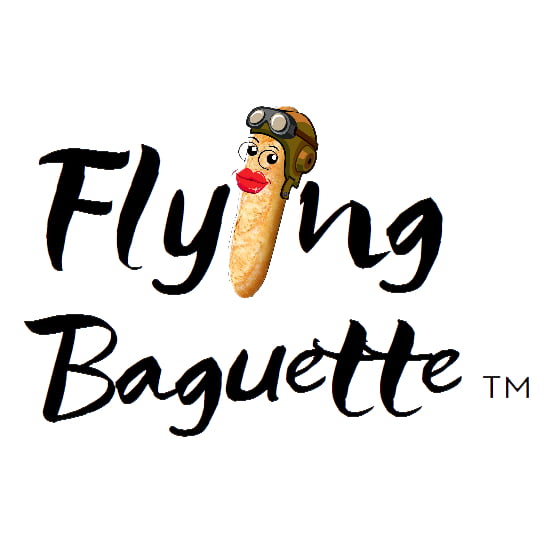

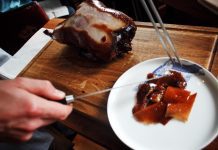

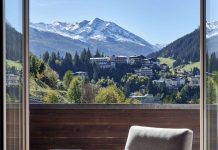
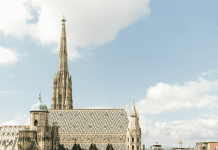




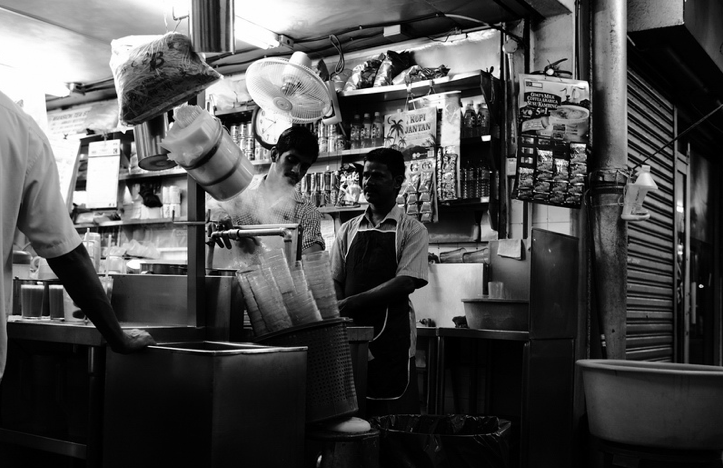



Whilst this is an experience I wouldn’t seek out myself, I’m interested to hear all about it and happy to hear this was enriching your travels. As always, your poetic descriptions have brought Malaysia and it’s culture to life. Your picture of the nasi lemak dish could be straight out of a glossy travel magazine, well done! There used to be a food/travel programme on Netflix..Soulfood.., now I need to check bac if they also covered Malaysia in one of the episodes.
Carolin | Solo Travel Story
The initial description of “makan” immediately made me curious about the rest described in the post… it is synonymous with food, and food is love, and love is life! It’s almost poetry for those who read it.
The entire gastronomic experience described goes far beyond food, it is a cultural experience. Reading this article before lunch opened my appetite to learn more about Malaysian cuisine
I never thought of Malaysia as a foodie destination, but your writing has intrigued me. The environment seems to come alive with every sentence you write. Would love to experience it in real life.
I have fond memories of the food I had in Malaysia and nasi lemak was one of my favourites. I love coconut and peanuts so the combination was ideal for me.
The conversaton you had was interesting and these kind of meets with genuine locals, for me, often give me a closer idea of the feeling and mindsets of locals.
What a treat to read. Travel has incorporated so many flavours and food experiences into my life. I find myself seeking authentic food experiences like your descriptions here. I appreciated the descriptions of the local dishes. I love arriving at my destination with a list of anticipated menu items… and what a bonus to share makan and thoughts with Ken
This post reminded me of when my Malaysian friend introduced me to night market eating in Indonesia. I had incredible food and found the hustle and bustle a big part of the experience.
Lyn | http://www.ramblynjazz.com
I’m all about travel to anywhere that has as much passion for food as I do. After all, it’s there really any better way to get to know a new place and its people than by the local cuisine? Cheap and cheerful is just fine by me, and I would choose this kind of food over any fancy fine dining restaurant- not that that doesn’t have its place in travel too. Anyone who arrives in a new place and immediately goes searching for food is a traveler after my own heart
Oh my! I REALLY wish I hadn’t read this on an empty stomach. I am positively drooling to the extent that I want to book a flight to Malaysia immediately and gorge on mamak! I want to try everything. Nasi lemak in particular looks to be the perfect feast. This post perfectly illustrates how food and dining is such a fundamental part of a society’s culture and identity. The quotes about mamak being “Malaysia’s gift to the world” and that “food is love” couldn’t be more appropriate. Thank you for your delicious introduction to this wonderful cuisine.
Mitch & Colin from Very Tasty World
Love this. You capture how much food is so important, so intrinsic to Malaysian society. As a foodie I’m compelled to go there. All the time is makan in my mind too.
Oh my goodness I need to go here! Your writing is fantastic and brought all the sights, smells, and tastes of Malaysia to life! Excellent read!
This post brought back such incredible memories of our times in KL. Your writing transported me back to the vibrance and smells of this hectic city. The food is incredible there and something I really miss. Can’t wait to return again when we can travel.
Oh, my gosh! You are so right! It’s all about the food and the love of food in Malaysia. You’ve captured the spirit so beautifully.
Have you eaten instead of hello? I love it!
Hi Jan. Your black and white photo drew me into your article. I’ve been waiting for days to read this and I hung on every sentence. Excellent story.